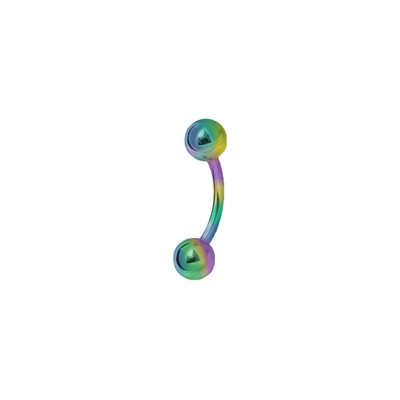- PROFESSIONAL ONLY
- Homepage>
- Body Jewelry and replacement parts>
- Curved Barbell (Bananas/Rook)>
- Titanium micro banana
Titanium micro banana
Product Code: TMBN-6-2.5-RB
-
Contact us for pricing
- Titanium micro banana
- Titanium micro banana
- Titanium micro banana
- Titanium micro banana
- Titanium micro banana
- Titanium micro banana
- Titanium micro banana
- Titanium micro banana
- Titanium micro banana
- Titanium micro banana
- Titanium micro banana
- Titanium micro banana
- Titanium micro banana
- Titanium micro banana
- Titanium micro banana
- Titanium micro banana
- Titanium micro banana
- Titanium micro banana
- Titanium micro banana
- Titanium micro banana
- Titanium micro banana
- Titanium micro banana
- Main material : Titanium (6AL-4V-ELI, ASTM 136)
- Secondary material : Same
- PVD Coating : Anodized
- Gem type : None
- Threading : External
- Classification : Curved barbell
- Quantity Available: 10+
Titanium 6AL-4V-ELI, ASTM 136
Titanium is ideal for both initial body piercings and healed piercings as it is compliant with the EU Nickel Directive introduced in Europe in 2001. Because of its virtually 'Nickel Free' content Titanium has become one of the preferred materials used in piercing jewelry within the borders of the European Union.
Grade Ti6AL-4V, ASTM F136 is the specification for the alloy to be used for surgical implants. The color of titanium is a silvery metallic white. An anodization process allows the metal to have a variety of pleasant colors. The color of anodized titanium parts is determined by the tension applied during polishing. Titanium is only half the weight of steel and twice as strong. Titanium can be sterilized in an autoclave.
Anodized Metal
Anodizing is an electrochemical process that converts the metal surface into a decorative, durable, corrosion-resistant, anodic oxide finish.
Anodizing is accomplished by immersing the metal into an acid electrolyte bath and passing an electric current through the medium.
AMS 2488 Type III anodizing of metal generates an array of different colours without dyes. The colour formed is dependent on the thickness of the oxide (which is determined by the anodizing voltage); it is caused by the interference of light reflecting off the oxide surface with light travelling throught it and reflecting off the underlying metal surface.


